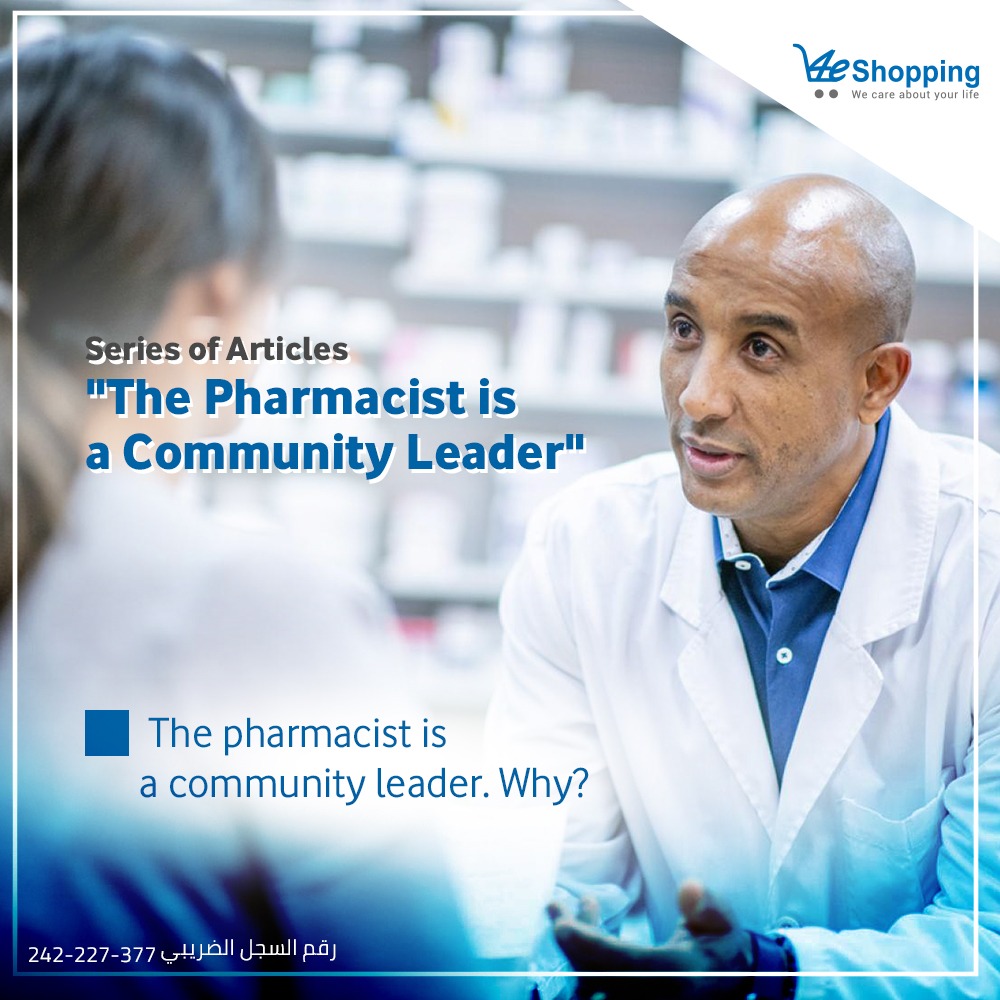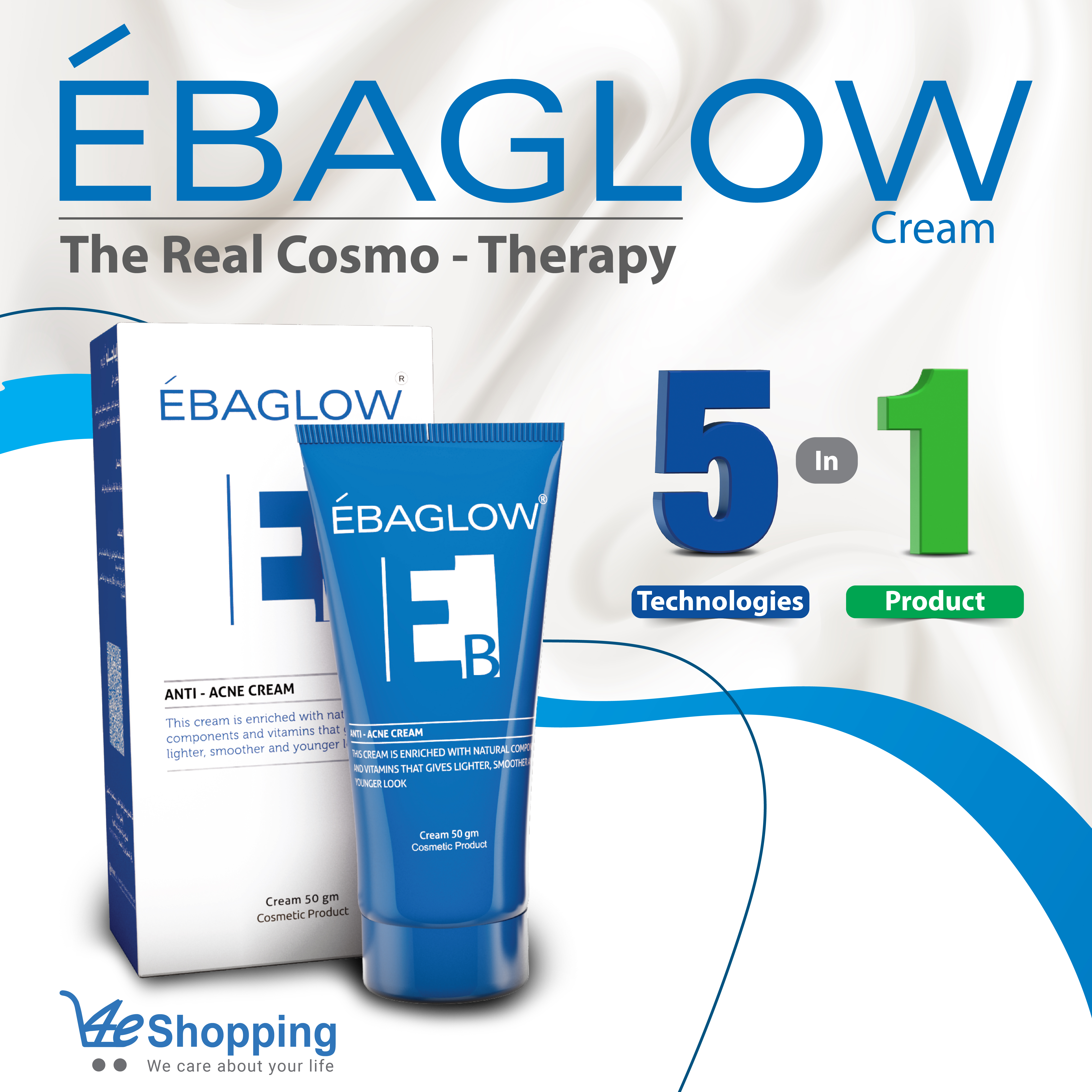
Pharmacist Pioneer Community. Why?
Jul 03 - 2022

ontent:
A skin disorder that affects approximately 85-95 % of the world's population aged 11-30 years, and even younger than this, it may affect individuals as young as 8 years, becoming more severe as they reach adulthood.
Acne is a multifactorial disease that affects people in many ways, and it goes beyond being a physical problem to one with a severe psychological impact, particularly on adolescents, as it represents a barrier to confidently communicate and interact with society, triggering them to become socially isolated due to the fear of being bullied or feeling grossly inadequate.
Acne is a chronic inflammatory skin disease caused by either a bacterial or a fungal infection that increases sebum secretion, which clogs the pores by accumulating oils and trapping dead skin cells, which is why the skin appears differently, containing blackheads, whiteheads, pimples, or bumps, which is almost always controlled by sex hormones and being related to pubescence.
Because sebaceous glands are found in almost all skin cells, particularly those that contain hair follicles, and are responsible for moisturizing them and the surrounding skin, the areas most prone to acne are the face, neck, shoulders, upper back, and chest.
Acne is classified according to the severity of the infection-induced inflammation:
Whiteheads and blackheads form when dead skin cells, sebum, and bacteria become trapped inside the pores. Blackheads differ from whiteheads in that they have been exposed to melanin pigment and air, resulting in their dark color.
Papules and pustules form when whiteheads or blackheads irritate the surrounding skin, causing inflammation and the appearance of red circular bumps on the skin's surface. The difference between papules and pustules is that pustules are larger, with a circular center filled with white or yellowish pus and a pink or red base.
Nodules and cysts form when the pores beneath the skin rupture, resulting in a large, raised bump. The difference between them and cysts is that the pores become clogged with sebum, dead skin cells, or bacteria and rupture, causing inflammation and the spread of content to the surrounding tissues.
All of this can lead to permanent scars, which can manifest as lesions, and hyperpigmentation, which appears as flat red or brown marks where acne occurred.
What are the causes of acne?
Acne is primarily a hormonal condition caused by changes in sex hormones, which are especially active during adolescence. These hormones, in conjunction with bacteria on the skin's surface and fatty acids within the sebaceous glands, can cause their appearance, and it is not limited to adolescents but can also affect women because their hormone levels fluctuate near the date of the menstrual cycle, in addition to pollution factors, weather conditions, high humidity, and the use of oily personal care products that lead to skin content trap creating an active environment for bacterial growth.
Psychological and physical stress can also contribute to this problem because they increase the level of the hormone cortisol, which disrupts the work of hormones that regulate sebum secretion and lead to clogging of pores and the development of acne.
Based on dermatologists' international recommendations and the fact that acne is a multi-factorial disease, they agreed on the need to combine different treatments to eliminate recurrence and resistance to different treatments. Acne patients' treatment plans include the following:
Other topical products, such as sunscreen, anti-hyperpigmentation, and others, can be prescribed by the doctor to protect the skin and improve the integrity of new skin cells.
Depending on the nature of the disease, the cause, the patient's skin type, and its reaction, large amounts of products are prescribed, but it can remain resistant taking prolonged years to be cured.
Bacterial resistance to the antibiotics used has developed, causing the problem to persist even when the treatment plan is strictly followed. This is uncommon because the large number of products used is frequently accompanied by non-compliance for a variety of reasons, including time, forgetfulness, laziness, or even surrender.
Despite their effectiveness, retinoids are difficult to maintain due to their side effects. The first is skin sensitivity, which manifests as an increase in pimples at the start of treatment, skin peeling, and sensitivity to sunlight and artificial light.
Even while preparing for pregnancy the medications should be discontinued until the body completely rids itself of the drug's remnants.
All of this may represent a hindrance to the successful completion of the treatment, in addition to the psychological factor and the need to adhere to a diet low in sugars and fats.
It is an effective cosmo-therapeutic acne formula since it contains 12 active ingredients that work with 5 different and integrated modes of action to fix the problem deeply enough to be completely eliminated.
Ebaglow acne cream is an ultimate formula that regulates skin sebum secretion, anti-bacterial, anti-inflammatory, anti-oxidant, and keratolytic that significantly improves acne in one week and gets rid of it almost completely within only 4 weeks.
It reduces the bacterial activity that causes the increase in sebum secretions in the skin and limits signs of inflammation accompanying it, as it works to exfoliate the skin to clean the pores from the accumulated sebum and get rid of dead cells.
Its formula is suitable for all skin types (normal, combined, oily, and sensitive) and moisturizes them to suit every type without any shiny residue, greasy feeling on the skin after use. Instant absorption, and effectiveness that lasts 6 hours.
It is formulated using 4 of the best latest pharmaceutical technologies, where the particle size has been reduced to 110nm to effectively get absorbed through pores in just seconds and regulate the secretions of the skin in just 5 minutes to provide the necessary protection and maintain the health, freshness, and radiance of the skin.
|
Active ingredient |
Conc. |
Pharmacological Action |
|
Tea tree oil |
5% |
|
|
Dow corning hydro-elastomer 9509 |
7% |
|
|
Green tea extract |
5% |
|
|
Arnica extract |
1% |
|
|
Calendula extract |
1% |
|
|
Witch hazel extract |
2% |
|
|
Liquorice extract |
1% |
|
|
Niacinamide |
4% |
|
|
Salicylic acid |
2% |
|
|
Vitazyme A, E & C |
0.5% |
|
|
Panthenol |
1% |
|
|
Aloe Vera extract |
1% |
|
• 5 products in 1
It can be used as an acne Primary treatment for Mild-Moderate cases, and as an Adjuvant treatment in advanced cases.
Apply a thin layer to the acne-affected areas twice daily. It can be used as a pore tightening washable face mask for 15-20 minutes twice weekly.
Ebaglow cream does not have any side effects especially upon adherence to the doctor's instructions regarding the dose and method of use.
Ebaglow is a completely natural and safe formula that is suitable for all adolescents, adults, and pregnant women skin types since it does not cause any sensitivity or irritation.
(It is advised not to be exposed to the sun directly after applying the cream, as it contains Salicylic acid, a keratolytic at a concentration of 2%).
Available in:
20 gm. at the price of 48 LE.
50 gm. at the price of 98 LE.
Available in all Egyptian pharmacies and online websites and applications: